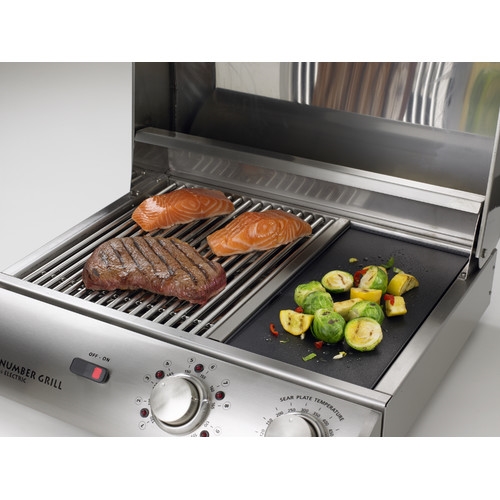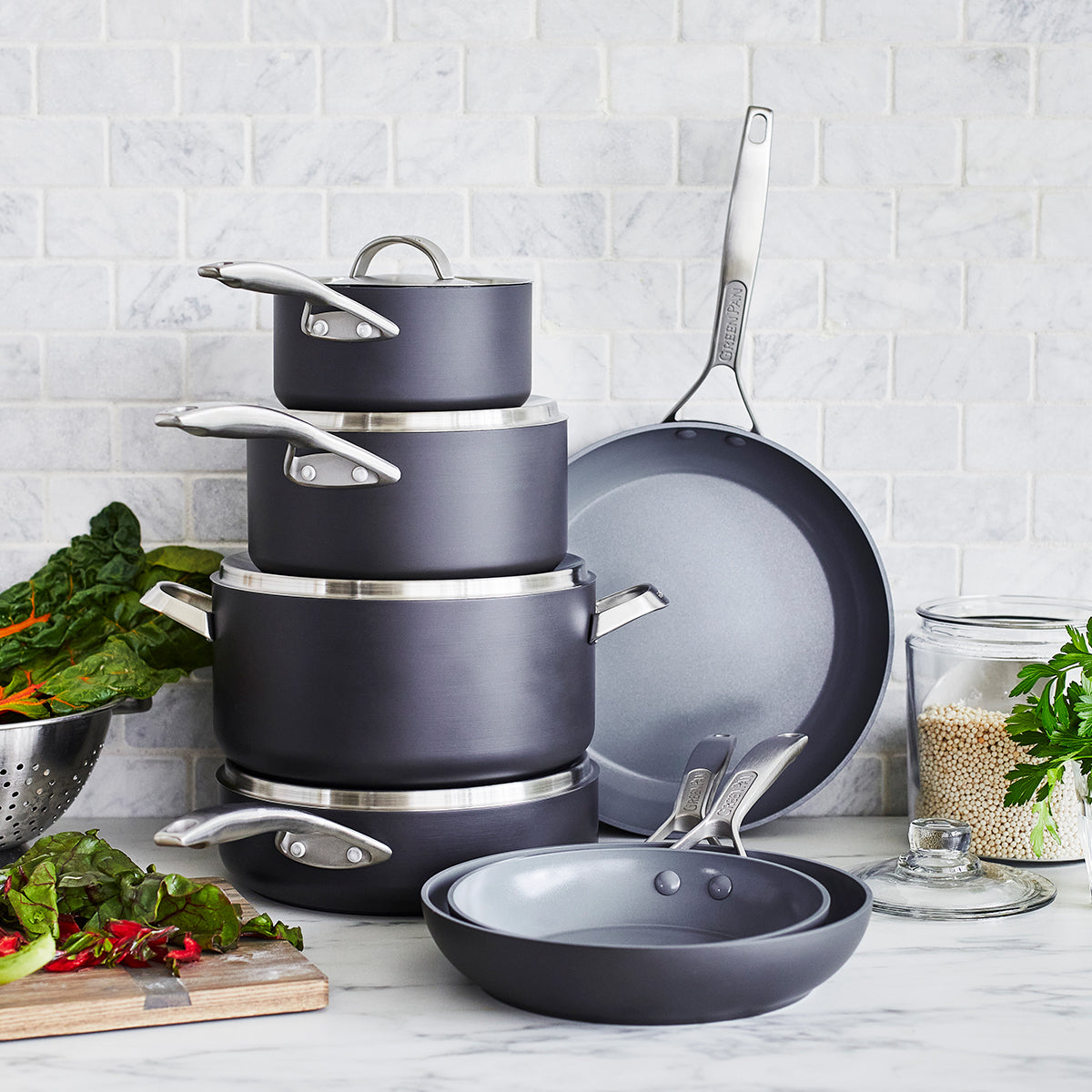Macchiato vs Latte Calories: In-Depth Comparison Guide
-
By A Mystery Man Writer
-
-
4.8(768)
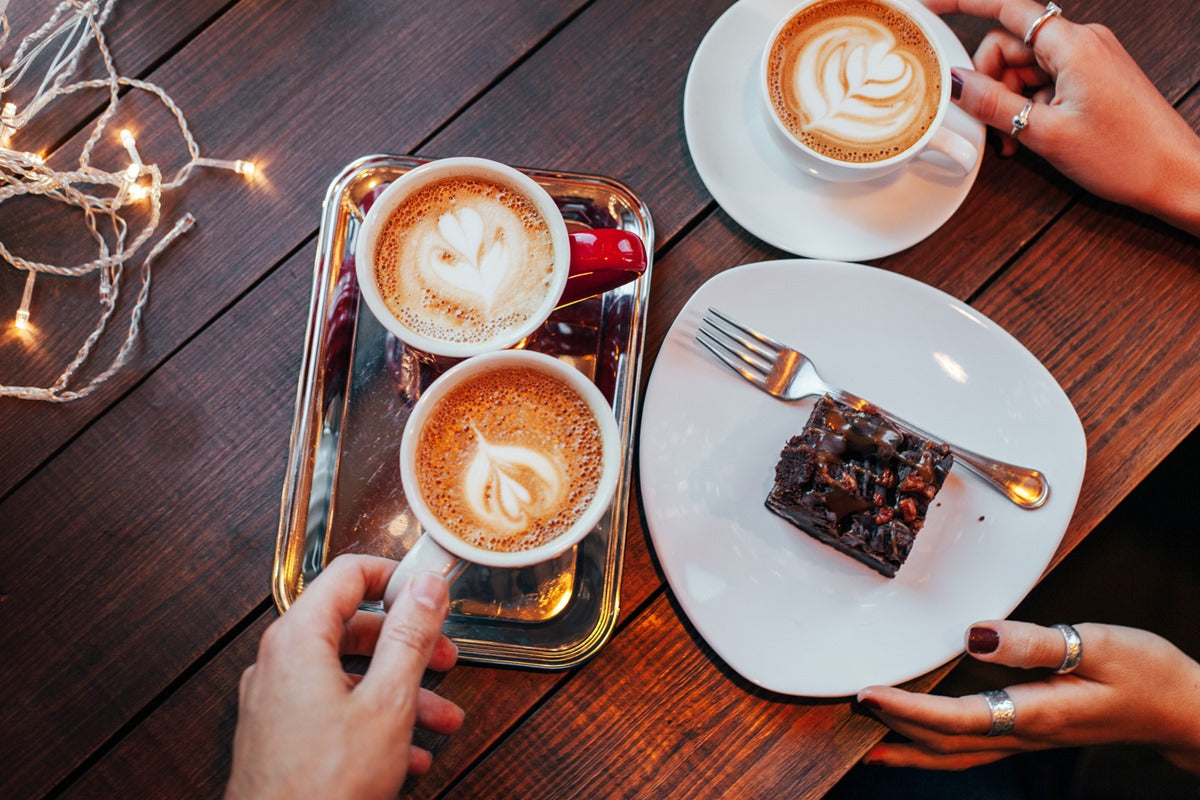
Product Description
Are you watching your calorie intake but still want to enjoy your favorite espresso-based drinks? Our in-depth comparison guide to macchiato vs latte calories has got you covered! We break down the nutritional differences between these two popular drinks, so you can make an informed decision and savor every sip guilt-free. Macchiato and Latte: A Brief Overview Origins of Macchiato and Latte Macchiato and latte both have roots in Italy, where they originated as popular espresso-based coffee beverages. The Italian word "macchiato" means "stained" or "spotted," referring to the process of staining the espresso with a small amount of milk. On the other hand, "latte" in Italian means "milk," and a latte consists primarily of milk with espresso as its base, reflecting its milky nature. Key Components and Ingredients The primary components of both macchiatos and lattes are espresso and.
Are you watching your calorie intake but still want to enjoy your favorite espresso-based drinks? Our in-depth comparison guide to macchiato vs latte calories has.
Are you watching your calorie intake but still want to enjoy your favorite espresso-based drinks? Our in-depth comparison guide to macchiato vs latte calories has got you covered! We break down the nutritional differences between these two popular drinks, so you can make an informed decision and savor every sip guilt-free.
Macchiato and Latte: A Brief Overview
Origins of Macchiato and Latte
Macchiato and latte both have roots in Italy, where they originated as popular espresso-based coffee beverages. The Italian word macchiato means stained or spotted, referring to the process of staining the espresso with a small amount of milk. On the other hand, latte in Italian means milk, and a latte consists primarily of milk with espresso as its base, reflecting its milky nature.
Key Components and Ingredients
The primary components of both macchiatos and lattes are espresso and steamed milk. However, there are some key differences in their preparation and proportions:
Macchiato: A macchiato is made by pouring a shot of espresso over a small amount of steamed milk or froth. This results in a stronger, more espresso-forward taste. Due to the smaller serving size and lesser milk content, the macchiato has comparatively lower calories than a latte. In general, a 1-ounce serving of macchiato contains around 5 calories, 0.28 grams of fat, and 0.26 grams of protein.
Latte: A latte, on the other hand, consists of a shot of espresso mixed with a larger amount of steamed milk and topped with a thin layer of milk froth. This creates a more balanced and delicate flavor compared to a macchiato. Since a latte has a higher milk content, it is inevitably higher in calories. For example, a 1-ounce serving of latte has about 8 calories, 0.34 grams of fat, and 0.55 grams of protein.
When comparing macchiatos and lattes based on their calorie content, it's important to consider their serving sizes. Macchiatos are generally smaller, with a standard 2-ounce (60-gram) serving containing approximately 85 mg of caffeine. Lattes, however, are typically larger beverages, with a 16-ounce (480-gram) serving containing around 173 mg of caffeine. Consequently, lattes have an increased calorie content due to their larger size and greater milk content.
In conclusion, while both macchiatos and lattes originate from Italy and share common ingredients, they differ significantly in their preparation, taste, and caloric values. Those watching their calorie intake may prefer a macchiato due to its lower calorie content, while those looking for a more balanced, milky beverage may opt for a latte.
Calories in Macchiatos and Lattes
Factors Affecting Calorie Count
There are several factors that affect the calorie count in macchiatos and lattes, such as the type of milk used and the serving size. Milk choices, such as whole milk, skim milk, and almond milk, can have varying nutritional content and caloric values. For instance, whole milk has more fat and calories than skim milk or almond milk. Moreover, the serving size plays a significant role in the number of calories consumed. As macchiatos typically have less milk than lattes, they tend to have fewer calories.
Caloric Comparison with Other Coffee Beverages
When comparing the caloric content of macchiatos, lattes, cappuccinos, flat whites, and americanos, it is essential to consider the portion sizes and milk types utilized. The following list provides approximate values for a standard serving size of each drink, assuming whole milk is used:
Macchiato: 5 calories per 1 fluid ounce, 0.28 grams of fat, and 0.26 grams of protein
Latte: 8 calories per 1 fluid ounce, 0.34 grams of fat, and 0.55 grams of protein
Cappuccino: Similar in calories to a latte, as they both contain roughly equal parts steamed milk, espresso, and foam
Flat White: Slightly fewer calories than a latte, as it has less milk and foam
Americano: Almost no calories, as it is primarily comprised of espresso and water
Please note that the above figures are approximate, and the actual calorie count of each beverage may vary depending on factors such as portion sizes and milk types.
Nutritional Value
Beyond calorie count, the nutritional value of these coffee drinks can also vary. Lattes, for example, have more protein, calcium, potassium, sodium, and vitamin D than macchiatos due to their higher milk content. However, macchiatos can still be considered healthier for those looking to reduce their sugar and milk intake while still enjoying an espresso-based beverage.
Tasting the Difference
Taste and Flavor Profile
When comparing a macchiato and a latte, the primary difference lies in their taste and flavor profile. A macchiato is mostly comprised of espresso, with just a small amount of steamed or foamed milk added on top. This results in a strong, rich, and bold flavor that highlights the espresso's unique characteristics. Due to its limited milk content, a macchiato can sometimes have a slightly bitter taste, depending on the type of bean used and the roasting process.
On the other hand, a latte boasts a more balanced flavor profile, as it is made up of espresso and a larger volume of steamed milk. This combination creates a smoother and slightly sweet taste in comparison to a macchiato. Lattes also offer the option to include flavored syrups, such as vanilla or caramel, which can further enhance their sweetness and personal taste preferences.
Texture and Mouthfeel
The texture and mouthfeel of these two popular beverages also contribute to their distinct differences. A macchiato has a more concentrated espresso taste, which might be perceived as bold and robust. Due to the small amount of milk added, the texture is significantly thinner compared to a latte.
Conversely, a latte features a creamy, velvety consistency due to the ample amount of steamed milk used. The texture provides a soothing and smooth mouthfeel, as opposed to the bold sensation of a macchiato. This characteristic helps make lattes a popular choice among coffee enthusiasts who prefer a milder, more comforting beverage.
In summary, the key differences between a macchiato and a latte lie in their taste, flavor profile, and texture. Macchiato showcases the rich, bold espresso flavor with a touch of milk, while a latte creates a smoother, slightly sweet taste with more milk content. Personal preferences will determine which beverage is most enjoyable for the individual, but it's evident that both offer unique and satisfying coffee experiences. If you're a coffee shop owner or enthusiast aiming to recreate these delightful beverages, ensuring you have the right equipment is crucial. You can purchase a commercial espresso machine of exceptional quality to guarantee the best brewing results. A commercial quality espresso machine not only promises consistency but also elevates the coffee-making experience for both the barista and the consumer.
Understanding the Milk Factor
Steamed Milk vs. Foamed Milk
Both macchiatos and lattes involve the use of espresso and milk, but the main difference lies in the milk's consistency and the coffee-to-milk ratio. In macchiatos, a small amount of milk is used, while lattes typically have more milk to create a creamier beverage.
Steamed milk is heated and slightly frothy, providing a silky texture that is used in lattes. The milk is steamed to a temperature of around 150°F (65°C), which is ideal for maintaining a smooth consistency. Foamed milk, on the other hand, is created by incorporating air into the milk, resulting in a light and airy texture. This frothed milk is used in macchiatos, creating a noticeable contrast between the strong espresso and the delicate foam.
Steamed milk: Silky texture, more in quantity, used in lattes
Foamed milk: Light and airy texture, less in quantity, used in macchiatos
Milk Alternatives
For those who prefer or need alternatives to dairy milk, options such as almond, oat, and coconut milk are often available at coffee shops. These milk alternatives can also be used in macchiatos and lattes, affecting the overall taste, texture, and caloric content of the drinks.
Almond milk: Lower in calories, slightly nutty flavor, and thinner consistency
Oat milk: Creamy texture, natural sweetness, and higher in calories than almond milk
Coconut milk: Distinct coconut flavor, rich texture, and medium caloric content compared to other milk alternatives
As each alternative milk option imparts its unique characteristics to the macchiato or latte, the choice depends on personal taste preferences and dietary requirements.
In summary, the milk factor plays a crucial role in distinguishing between a macchiato and a latte. The use of steamed milk versus foamed milk, as well as the choice of dairy or alternative milk, influences the flavor, texture, and caloric content of these popular espresso-based beverages.
Customizing Your Coffee Experience
Starbucks and Specialty Drinks
When it comes to macchiato and latte, both beverages can be customized according to one's preferences at popular coffee chains like Starbucks. Macchiato, typically containing about 50 calories, has a stronger espresso flavor as it comprises a shot of espresso with a small amount of foamed milk. On the other hand, a latte, which can have up to 230 calories, is prepared with more steamed milk and a shot of espresso, resulting in a creamier texture.
Starbucks offers various adaptations of these beverages, such as the Caramel Macchiato or the Coconut Milk Mocha Macchiato. These drinks incorporate additional flavors, like caramel or mocha, and alternative milk options like coconut milk, thereby enhancing the overall coffee experience.
Adding Flavors and Sweeteners
Coffee connoisseurs who enjoy experimenting with different tastes can add flavored syrups, sweeteners, or whipped cream to their macchiatos or lattes. Some popular flavors include vanilla, chocolate, caramel, and hazelnut. When adding syrups or sweeteners, it is essential to be mindful of the calorie count, as this can affect the total calories of the beverage. For instance, incorporating chocolate syrup or whipped cream can considerably increase the calorie content of a latte or macchiato.
Latte Art and Presentation
A significant aspect of the coffee experience is the visual presentation, often showcased through latte art. While latte art is primarily found in lattes due to their higher milk content and creamy texture, skilled baristas can create simple patterns like hearts, leaves, or swirls on a macchiato as well. Latte art not only enhances the aesthetic appeal of the drink but also highlights the barista's expertise, making the experience more enjoyable for the consumer.
In conclusion, the main differences between macchiato and latte lie in their ingredients, flavor, and calorie count. However, both beverages can be tailored to suit individual preferences by incorporating additional flavors, sweeteners, and milk options. Latte art further enriches the coffee experience by adding a visually pleasing element to these popular espresso-based drinks.
Mastering the Art of Preparation
Essential Equipment and Techniques
When preparing macchiatos and lattes, the use of suitable equipment is necessary. Invest in a quality espresso machine capable of producing consistent shots of espresso, as it's the foundation for both drinks. Apart from this, a steaming wand is also essential for heating and frothing milk. Macchiatos and lattes both contain espresso and steamed milk, but they differ in milk-to-espresso ratios, resulting in distinctive tastes and mouthfeels.
Macchiatos are mostly composed of espresso with a small amount of steamed or foamed milk, while lattes have a larger milk-to-espresso proportion, creating a creamier texture. Pay attention to milk temperature while steaming—microfoam is crucial for both beverages, and the ideal temperature range is 140-155°F (60-68°C). Moreover, water quality affects the espresso's taste, so ensure you utilize filtered water.
Creating the Perfect Drink at Home
When crafting a macchiato at home, begin with a shot of espresso, adding a dollop of steamed milk or foam on top. This mark or stain (which macchiato translates to in Italian) gives the drink its name. The amount of milk in a macchiato is minimal, making the espresso's strength and flavor the primary focus.
Conversely, a latte requires a larger volume of milk. Start by pouring one-third espresso into a cup, followed by two-thirds steamed milk. The blend of milk and espresso in a latte ensures a smoother, less intense drink compared to a macchiato. To achieve a café-style latte, gently pour steamed milk into the espresso while holding back the froth; then, top your latte with a spoonful of froth.
Tips from Professional Baristas
Maintain your espresso machine regularly and clean it after each use to ensure consistent, high-quality espresso.
Experiment with different coffee beans and varying levels of coarseness in the grind to find your perfect espresso taste.
Practice milk-steaming techniques to create a silky, velvety microfoam.
For a visually appealing contrast, baristas use proper pouring techniques to achieve a well-defined macchiato mark or an even milk distribution in lattes.
Building relationships with local cafes and experienced baristas can provide invaluable insights and resources in enhancing your coffee preparation skills.
When choosing between a macchiato and a latte, consider the drinks' differences in caffeine content and caloric values. A macchiato has a smaller volume and higher caffeine concentration, containing about 85 grams of caffeine in a 2-ounce (60-gram) serving. On the other hand, a 16-ounce (480-gram) latte or cappuccino holds around 173 mg of caffeine. Calorie-wise, a fluid ounce of macchiato provides approximately 5 calories, whereas a similar serving of latte contains 8 calories.
Exploring More Coffee Drinks
From Cortados to Caffè Lattes
Coffee enthusiasts worldwide enjoy a plethora of unique beverages, varying not only in flavor but also in their nutritional content. This exploration will focus on the differences in calories between macchiatos and lattes while shedding some light on other related coffee drinks.
An espresso macchiato is a strong coffee served in a small (1.6 fluid ounces) portion, containing approximately 15 calories. On the other hand, a 16 fluid ounce caffe latte offers more steamed milk and less strength in coffee flavor. This popular drink contains 190 calories. The increase in calories of the latte is primarily due to the larger serving size and higher milk content.
Beyond the basic macchiato and latte, creative variations have emerged in coffee shops around the globe. One example is the cloud macchiato, which has gained traction in recent years. This innovative take on the macchiato incorporates a frothy texture reminiscent of a cloud, but the calorie content varies depending on the ingredients and serving size.
Unique Beverages around the World
Different countries put their unique spin on coffee drinks, allowing cultural influences to shine through in both flavor and presentation. For instance, Germany offers Milchkaffee, a coffee beverage with a similar amount of milk to a latte but served warm in contrast to the hot latte. The calorie content of Milchkaffee can be comparable to a latte, but it is essential to consider serving size when comparing the two.
Spain is known for its cortado, a coffee beverage containing equal parts espresso and steamed milk. Like the macchiato, the cortado is a stronger coffee with a smaller serving size than a latte. The exact calorie count of a cortado varies depending on the serving size but is generally fewer than that of a latte due to the lower milk content.
When exploring the realm of coffee drinks, it's essential to consider the varying layers of flavor, texture, and even temperature across different countries and establishments. For calorie-conscious individuals, understanding the variation in serving sizes and ingredients can help in making an informed decision while enjoying the rich and diverse world of coffee.

Caramel Macchiato vs. Caramel Latte: How Do They Differ?
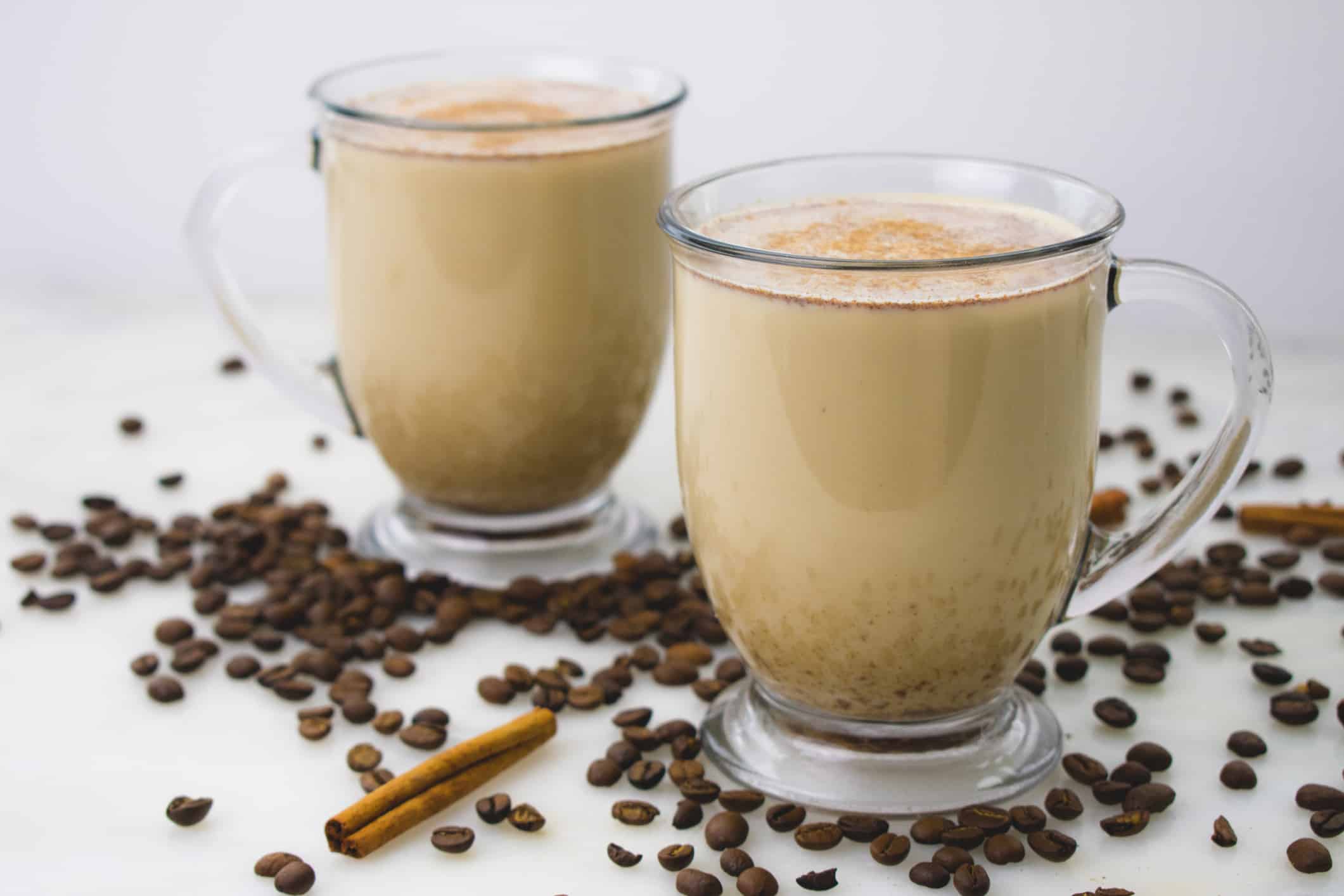
Cappuccino vs. Latte: How They're Different & Which Has More Calories
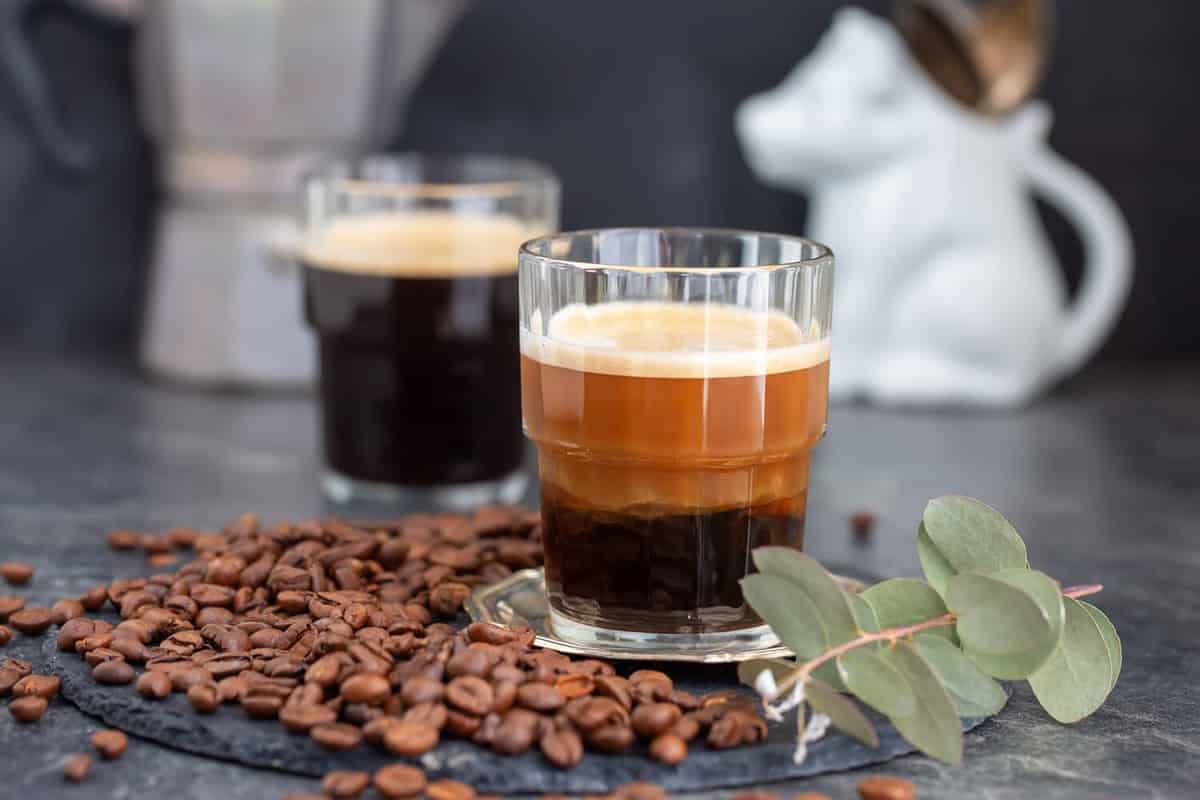
Macchiato vs. Cappuccino: Ingredient, Taste & Calorie Differences
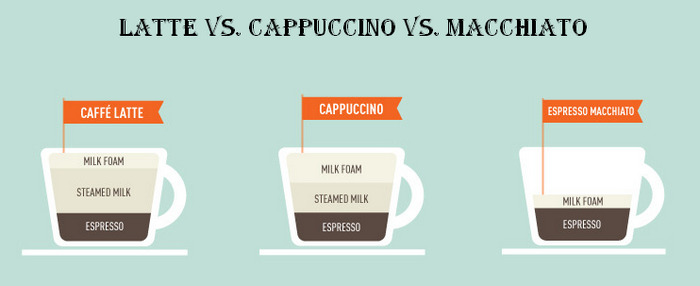
What's the Difference Between Latte, Cappuccino & Macchiato – Ecooe Life
What is the difference between a cappuccino and a flat white? - Quora

The number of calories in coffee, milk and flavourings - Caffin8 Coffee
What is the difference between coffee and cappuccino? - Quora
What is the difference between a cappuccino and a flat white? - Quora
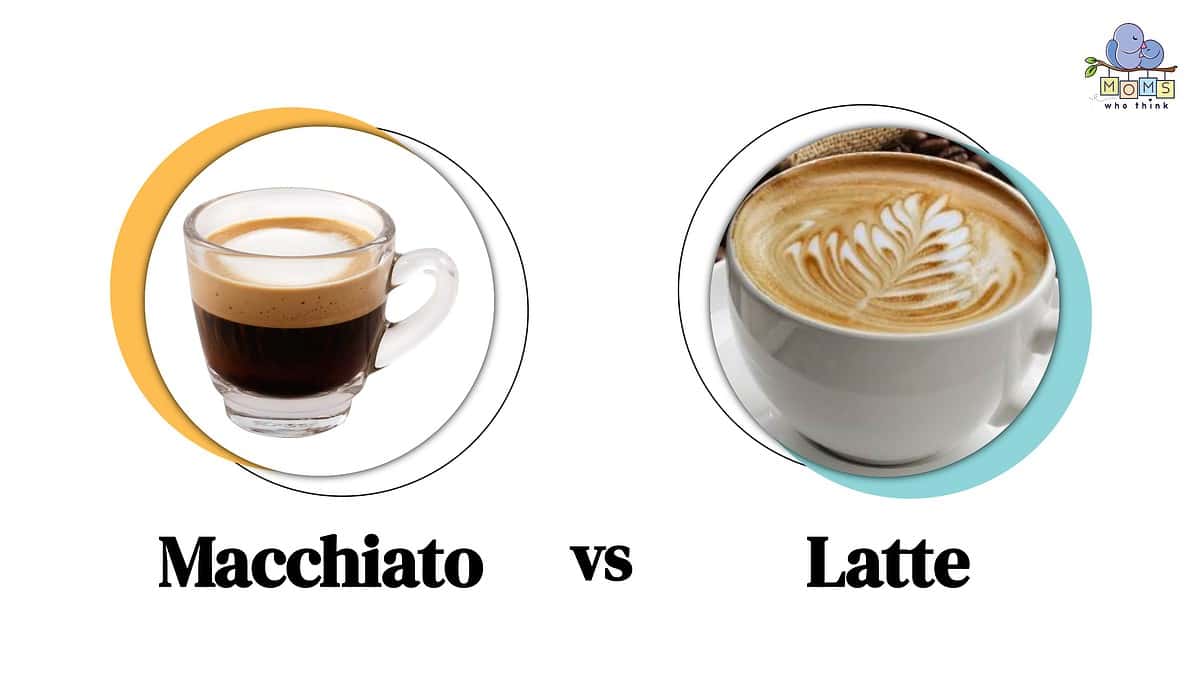
Macchiato vs. Latte: 2 Differences & Which Has More Calories

Flat White vs Cappuccino vs Latte vs Americano vs Macchiato
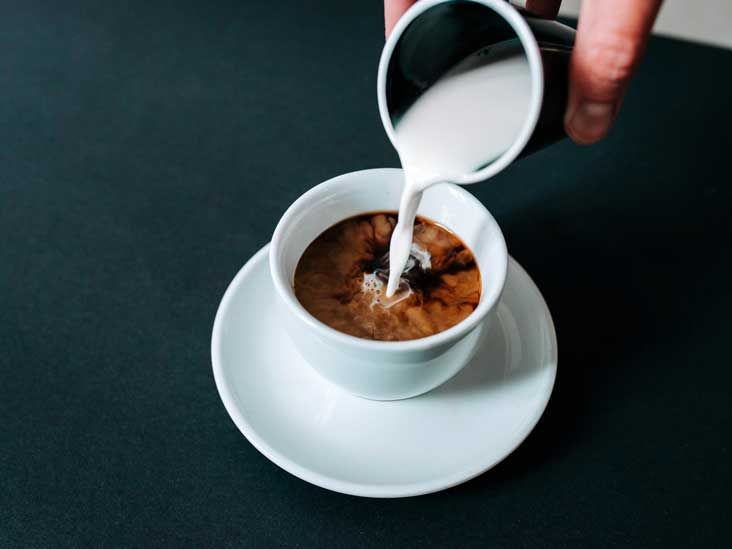
Cappuccino vs. Latte vs. Macchiato — What's the Difference?
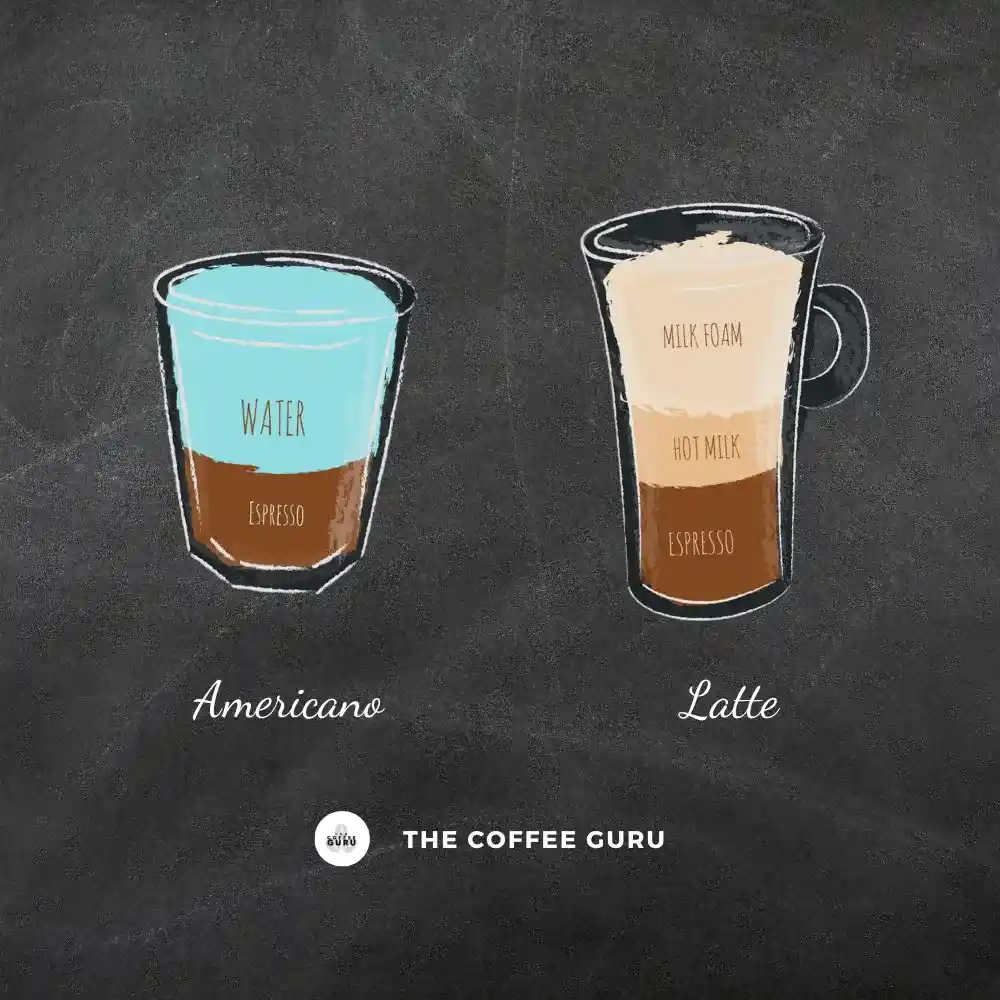


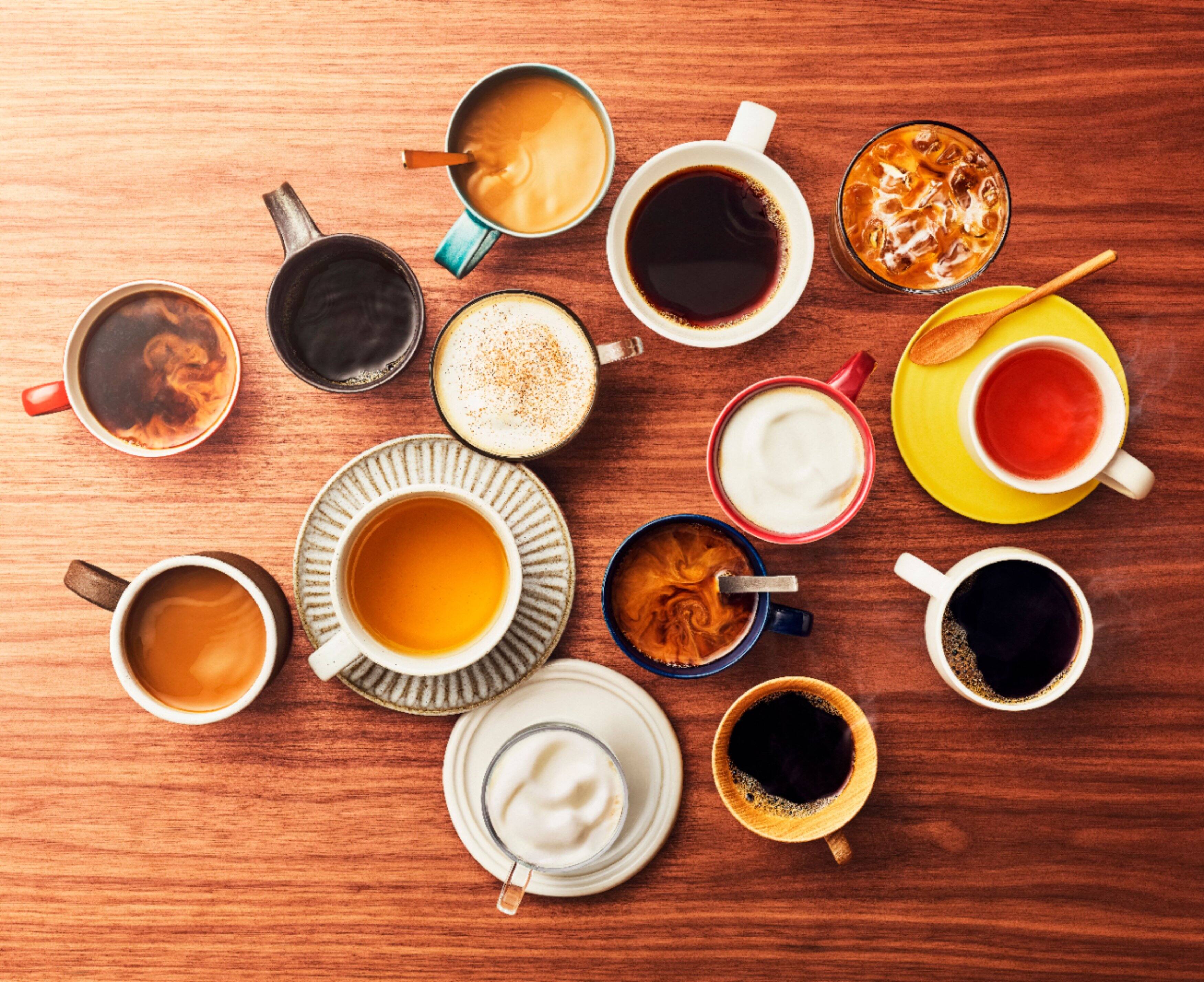
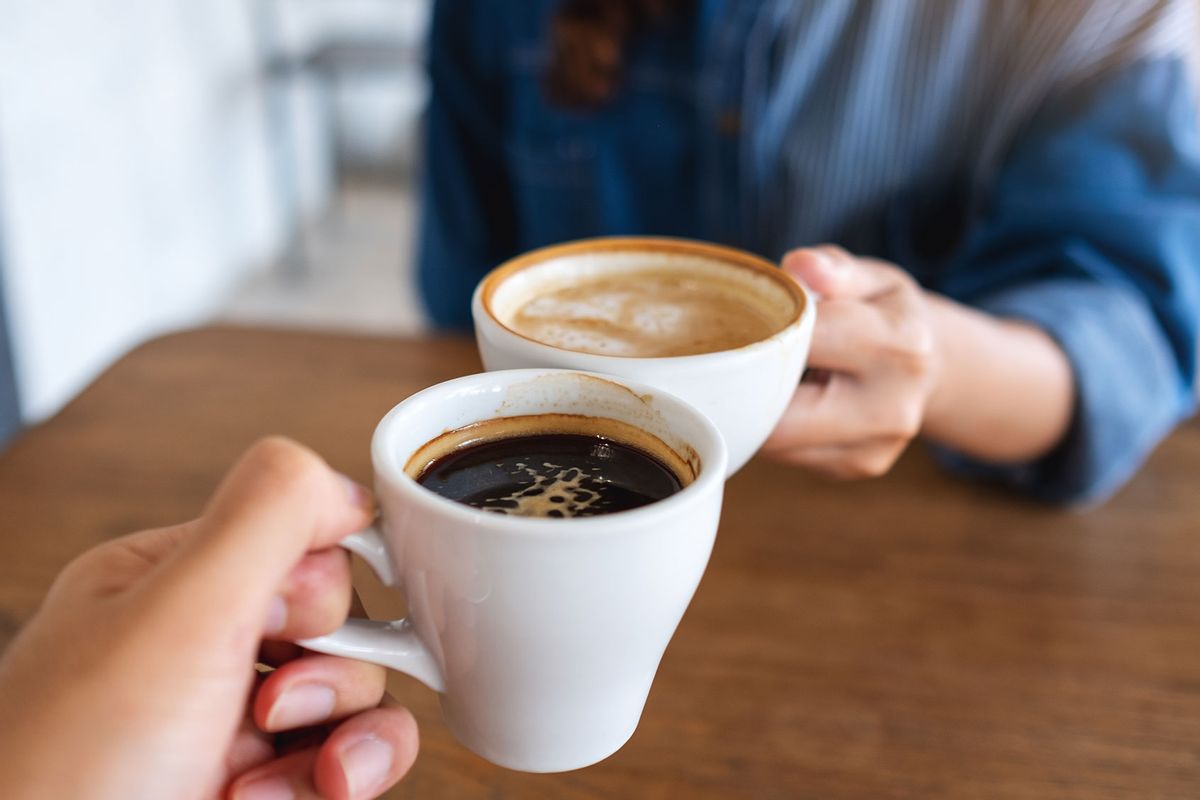

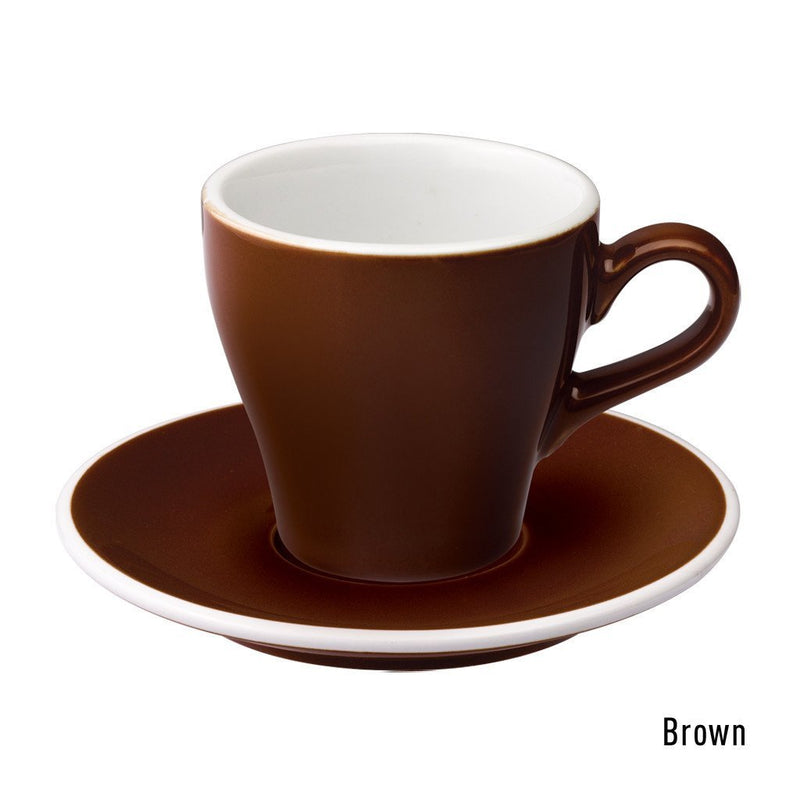
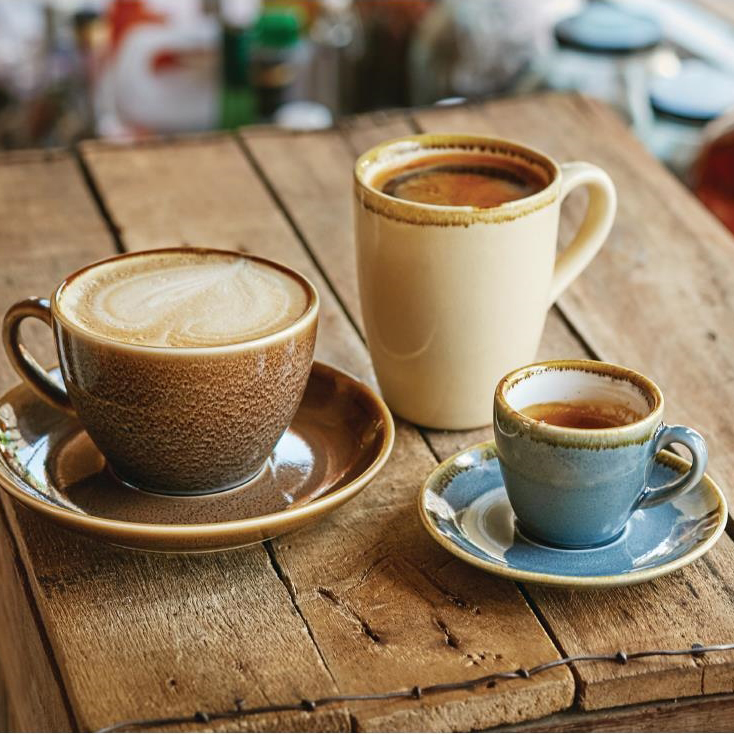

:max_bytes(150000):strip_icc()/Web_1500-Testing-BodumManualMilkFrother_14-RussellKilgore-0383-d165822f3e2c4a2aa770c0569fd47d63.jpg)
